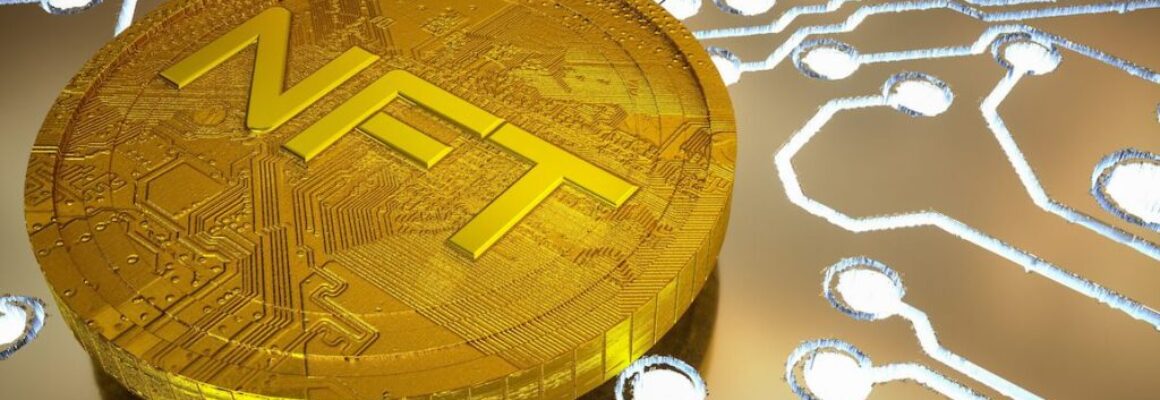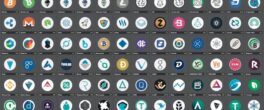What is NFT?

What Is an NFT?
An NFT, or Non-Fungible Token, is a type of digital asset that represents ownership of something unique on a blockchain. Unlike cryptocurrencies such as Bitcoin or Ethereum, which are interchangeable, NFTs are designed to be one-of-a-kind and cannot be exchanged on a one-to-one basis.
What Does “Non-Fungible” Mean?
“Fungible” assets are interchangeable — one unit is the same as another. For example, one dollar is equal to any other dollar. “Non-fungible” assets are unique — each one has distinct characteristics and value.
- Cryptocurrencies are fungible.
- Collectibles, artworks, and identity records are non-fungible.
NFTs use blockchain technology to prove ownership, authenticity, and scarcity of these unique digital items.
How NFTs Work
NFTs are created (“minted”) using smart contracts on blockchains that support non-fungible standards — most commonly Ethereum, but also others like Solana, Polygon, and Avalanche.
- Each NFT has a unique identifier recorded on the blockchain.
- Ownership history is publicly verifiable.
- The NFT typically points to digital content such as an image, video, document, or in-game item.
Owning an NFT usually means owning the token that references the asset — not necessarily the copyright to the underlying content.
Common NFT Use Cases
Digital Art & Collectibles
NFTs gained early attention through digital art and collectibles, allowing creators to sell verifiable originals and collectors to prove ownership.
Gaming & Virtual Assets
In games and virtual worlds, NFTs can represent in-game items, characters, or land that players can trade or use across platforms.
Memberships & Access
Some NFTs act as access passes to communities, events, or exclusive content — functioning like digital memberships.
Identity, Tickets & Records
Beyond art, NFTs are increasingly explored for use cases like digital identity, event tickets, certificates, and ownership records.
Why NFTs Matter
NFTs introduce a way to assign ownership and authenticity to digital items in a decentralised and transparent manner. This enables creators to interact directly with audiences and opens new models for digital ownership — without relying on central authorities.
NFTs are not just about digital art — they are about verifiable ownership in a digital world.
Risks and Important Considerations
While NFTs offer new possibilities, they also come with risks:
- Market volatility: NFT values can fluctuate significantly.
- Liquidity risk: Some NFTs may be difficult to resell.
- Scams and impersonation: Fake collections and copied artwork exist.
- Technical risk: Smart contracts, marketplaces, or storage links can fail.
High prices during past NFT hype cycles do not guarantee long-term value. Understanding use-case and demand matters more than trends.
How NFTs Fit Into the Crypto Ecosystem
NFTs are part of the broader Web3 ecosystem alongside cryptocurrencies, DeFi, and decentralised applications. They often interact with wallets, marketplaces, and smart contracts — making them another building block of blockchain-based systems.
For beginners, NFTs are best approached as a learning tool rather than a speculative investment.


